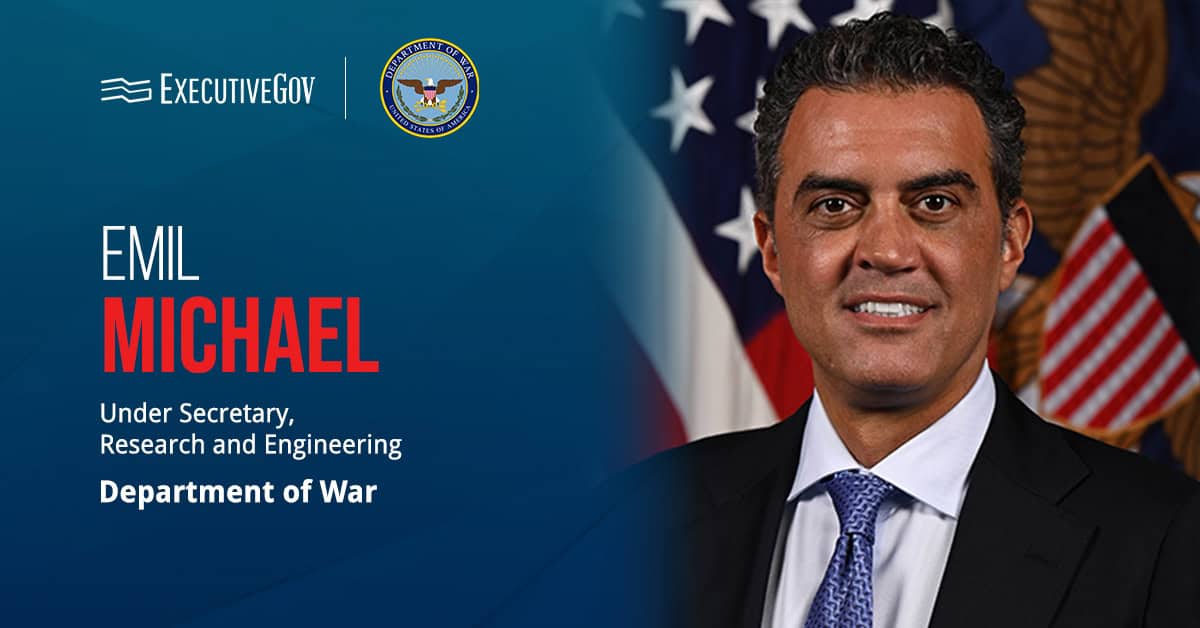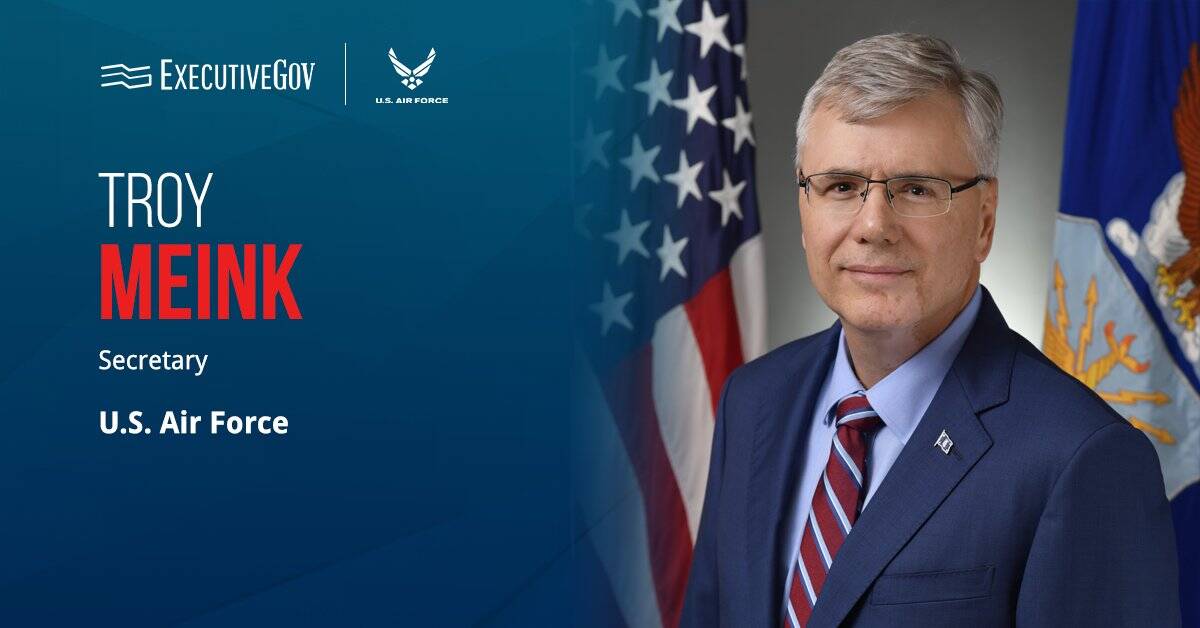
James Gfrerer, President Trump’s nominee for assistant secretary of information and technology at the Department of Veterans Affairs, has received senate confirmation to fill the role, FCW reported Thursday.
\n\n
He holds years of cybersecurity experience, having previously contributed to Ernst and Young, the U.S. Marine Corps and various interagency programs. Gfrerer will take charge of unfinished VA projects such as the transition to a new electronic health record system. He said at a hearing last year that he plans to fortify coordination between the office and VA’s health and benefits components.
The USMC veteran also intends to address cybersecurity vulnerabilities within the department. Gfrerer succeeds Camilo Sandoval, a former U.S. Air Force serviceman who oversaw VA’s information and technology activities on an acting basis.





